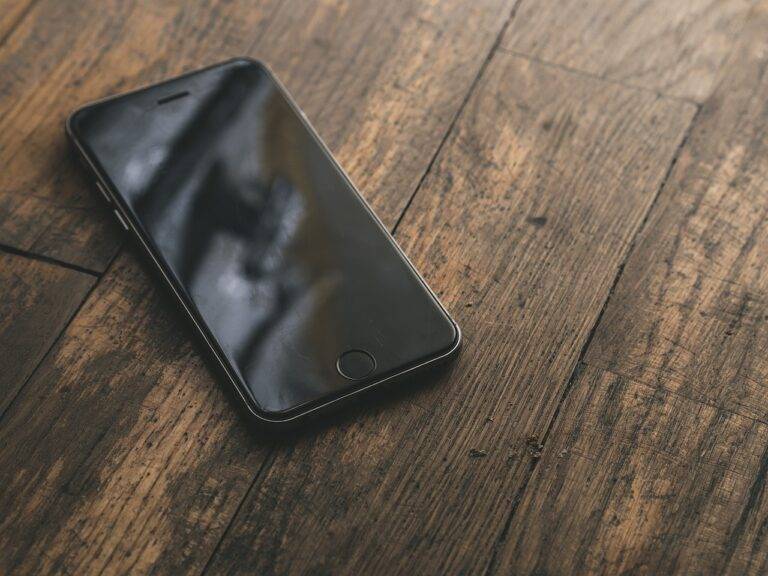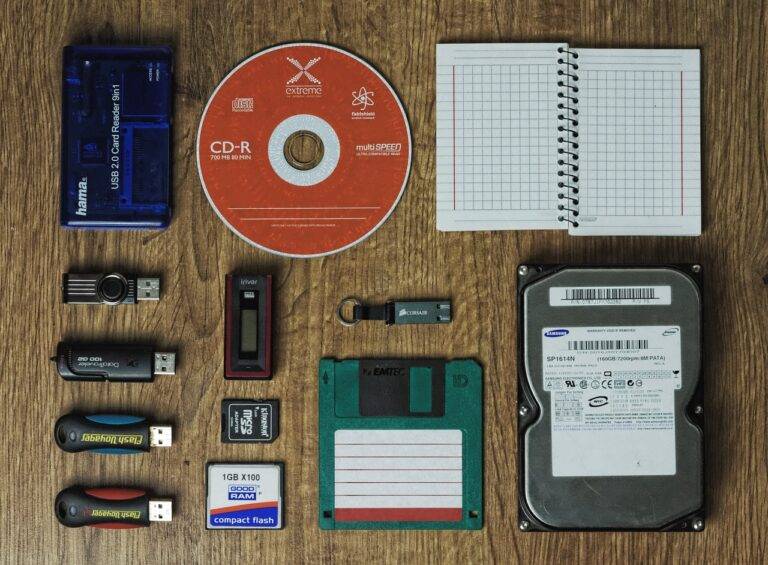3D Printers: Innovations and Applications
In recent years, the field of 3D printing has seen remarkable advancements that have revolutionized various industries. One significant development is the introduction of faster printing speeds and improved precision in creating intricate designs. This has not only increased the efficiency of the manufacturing process but has also enhanced the quality of the final products.
Moreover, the range of materials that can be used in 3D printing has expanded significantly, allowing for the production of more durable and functional objects. The introduction of new materials such as carbon fiber composites and biodegradable plastics has opened up new possibilities for creating innovative designs that were previously unattainable. These advancements have propelled 3D printing technology to new heights, making it a valuable tool for industries ranging from aerospace and automotive to healthcare and fashion.
Impact of 3D printing on various industries
3D printing has revolutionized various industries by offering cost-effective and efficient manufacturing solutions. Companies in the automotive sector, for instance, have benefitted from the ability to create complex parts and prototypes rapidly. This has not only accelerated their product development processes but has also led to significant cost savings.
Moreover, the aerospace industry has embraced 3D printing technology to produce lightweight components with intricate designs, ultimately enhancing fuel efficiency and performance. The flexibility of 3D printing has allowed for customization and rapid iteration, enabling manufacturers to innovate and bring products to market quicker than traditional manufacturing methods.
Medical applications of 3D printing
3D printing has revolutionized the field of medicine by offering innovative solutions for personalized patient care. One of the key areas where 3D printing has made a significant impact is in the creation of patient-specific implants and prosthetics. By using detailed imaging data, medical professionals can now design and produce custom implants tailored to the individual patient’s anatomy. This level of precision not only improves the fit and function of the implant but also enhances patient outcomes and overall satisfaction.
Moreover, 3D printing has enabled the production of anatomical models that assist surgeons in preoperative planning and practice procedures. These detailed 3D replicas of a patient’s anatomy allow surgeons to visualize complex structures and better understand the unique challenges of each case. By practicing on these models, surgeons can enhance their skills and confidence, leading to safer and more successful surgeries. The ability to simulate and plan surgeries in advance with 3D-printed models ultimately benefits patients by reducing operating times and improving surgical outcomes.
• 3D printing allows for the creation of patient-specific implants and prosthetics tailored to individual anatomy
• Precision in design improves fit, function, and overall patient outcomes
• Anatomical models produced through 3D printing assist surgeons in preoperative planning and practice procedures
• Surgeons can visualize complex structures and better understand unique challenges of each case with detailed 3D replicas
• Practicing on these models enhances surgical skills and confidence, leading to safer and more successful surgeries
What are some of the medical applications of 3D printing?
Some of the medical applications of 3D printing include creating patient-specific implants, prosthetics, surgical guides, and anatomical models for pre-surgical planning.
How has 3D printing technology advanced in the medical field?
3D printing technology has advanced in the medical field by allowing for the creation of complex and customized medical devices and implants that were not possible with traditional manufacturing methods.
What impact has 3D printing had on the medical industry?
3D printing has revolutionized the medical industry by providing faster, more cost-effective, and personalized solutions for patient care, especially in areas such as orthopedics, dentistry, and cardiology.
Can 3D printing be used to create organs for transplantation?
While the technology is still in its early stages, researchers are exploring the possibility of using 3D printing to create organs for transplantation in the future.
Are there any limitations to using 3D printing in the medical field?
Some limitations of 3D printing in the medical field include regulatory challenges, material limitations, and the need for further research to ensure the safety and efficacy of 3D printed medical devices.





